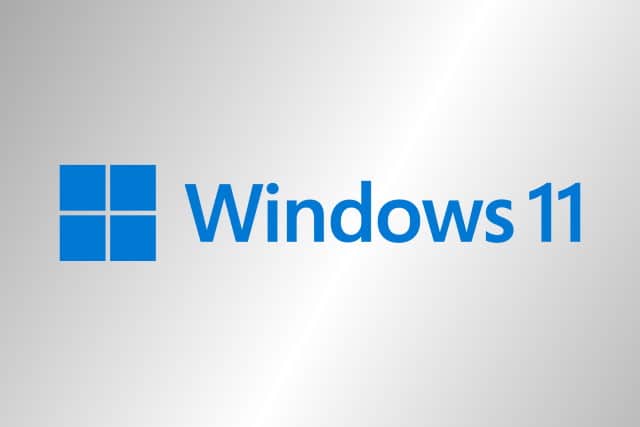An upgrade from Windows 7 to Windows 11 will have to be a clean install

Microsoft's announcements about Windows 11 have raised as many questions as they answered, primarily around the issue of system requirements. While the operating system is due for launch later this year, it is not expected to roll out as an upgrade for users of older versions of Windows until some time in 2022.
In the meantime, however, hardware manufacturers are busy preparing for the launch, as well as preparing their customers for what will be involved. Lenovo is among the companies sharing helpful details, and this includes the fact that Windows 7 users will need to perform a clean installation of Windows 11 rather than an in-place upgrade.
See also:
- ASUS provides details of motherboards that support Windows 11
- This registry hack lets you bypass the TPM 2.0 requirement and install Windows 11
- Windows 11 could spell the end of the Blue Screen of Death
We have known for a little while that although the most common routes to Windows 11 will be either buying a new computer with it installed or upgrading from Windows 10, older versions of the operating system remain popular and Microsoft will allow upgrades on supported hardware.
This means that anyone still running Windows 7 or Windows 8 will be able to jump up to Windows 11 -- although it is possible some hardware upgrades may be needed to make it possible. But the upgrade route from Windows 7 to Windows 11 is not going to be as smooth as you might have hoped.
As shared by MSPoweruser, Lenovo has published a FAQ about Windows 11 which tells us more than Microsoft has done thus far.
In answer to a theoretical question about upgrade paths to Windows 11, the company says:
Most devices available for purchase now will be upgradeable to Windows 11. You will have the option to upgrade, clean install, or reimage Windows 10 devices to move to Windows 11. For Windows 7 devices that meet hardware requirements, you will need to clean install or reimage to go directly to Windows 11.
Of course, this only applies to devices that "meet the hardware floor". The problem with performing a clean install is, of course, that files, apps and settings are not retained which necessitates creating and restoring backups, and a lengthier, more involved upgrade process.
